Planning a trip to Taipei in Taiwan? Here you will find a list of 10 historical sights you should visit during your stay at this beautiful city on the former Island of Formosa.
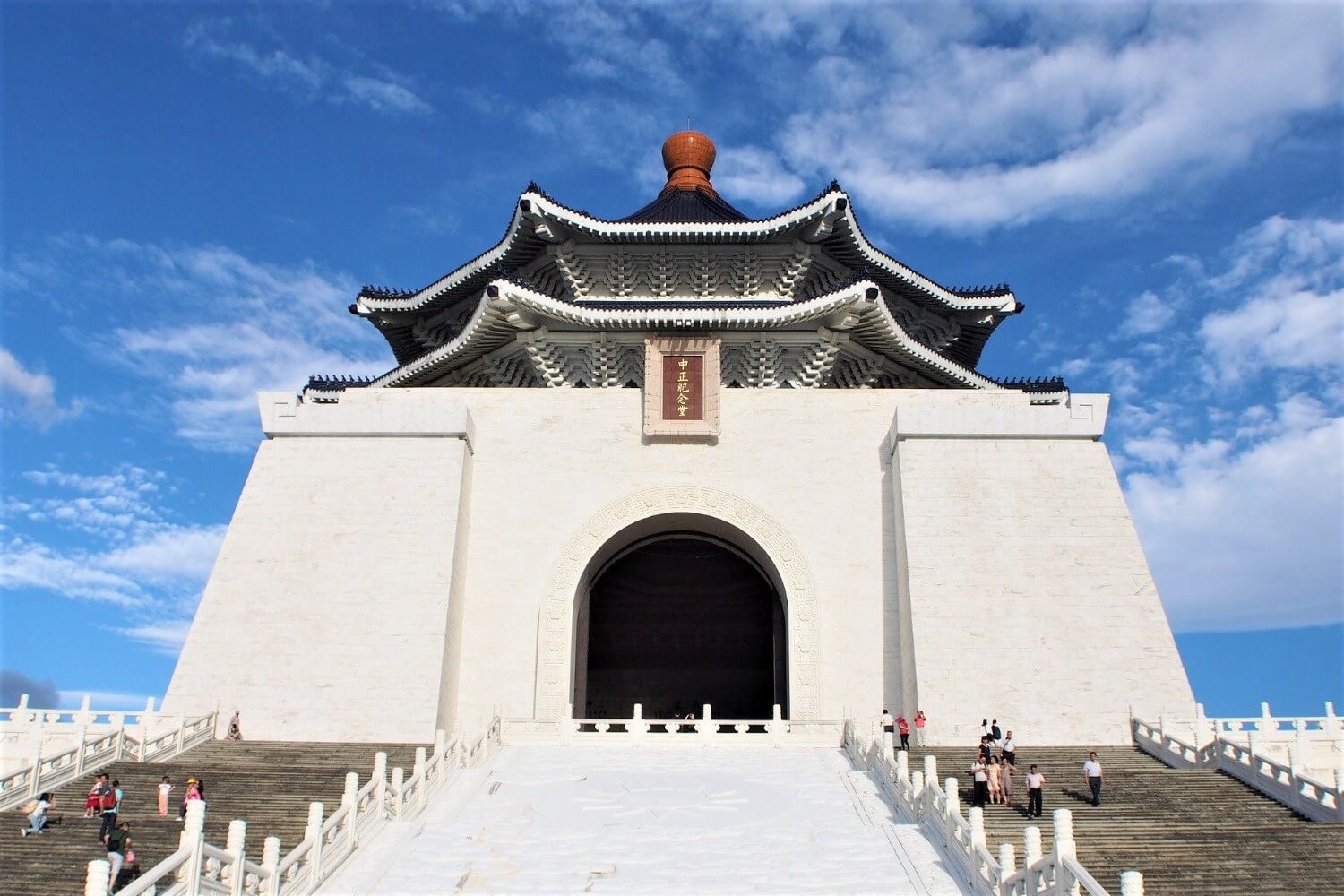
1. Chiang Kai Shek Memorial
The Chiang Kai Shek Memorial is a well-known national monument, landmark and tourist attraction feature chosen in remembrance of Chiang kai-shek, the former president of the republic of china. It is located at the heart of Taipei city in the Zhongzheng District. It ushered Taiwan into the era of modern democracy when it became the epicentre of events in 1990. Due to the site’s importance in the development of Taiwan’s democracy, there was a rededication of the plaza as liberty square, which led to the renaming of the memorial in dedication to democracy. The changes were rejected, and it was restored to the original dedication to Chiang by President Ma Ying-jeou.
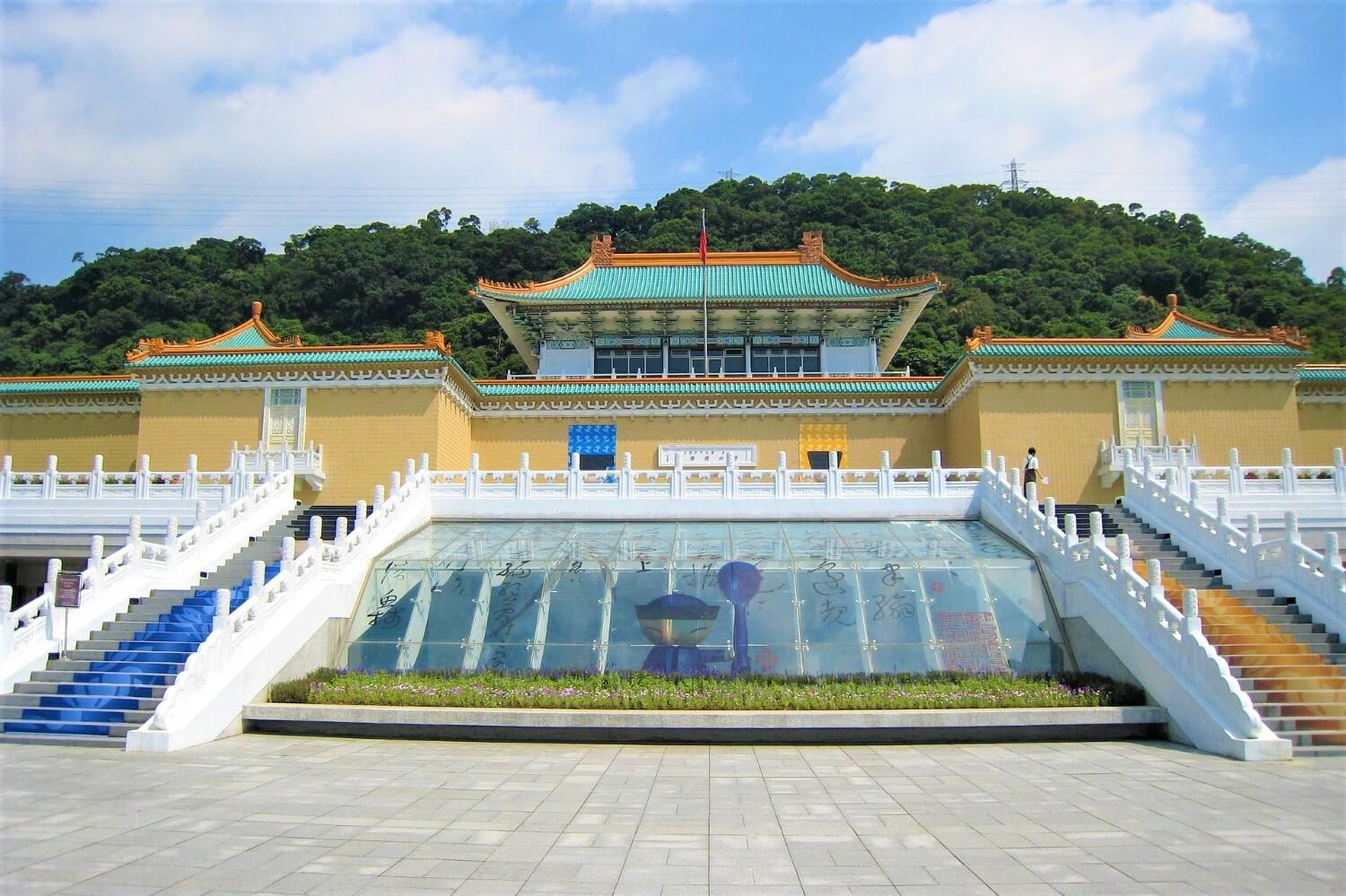
2. National Palace Museum
The national palace museum is recognized as a world-class that homes hundreds of thousands of collections of historical features preserved by generations of rulers in Taipei, Taiwan. It hosts the treasures of ancient Chinese artefacts and china’s historical achievements that provide a perfect throwback to china’s past. The arts were evacuated severely due to war. However, after the victory in the Chinese civil war, the national government ordered the collection back to Taiwan, where a good number of the collection is now housed in the palace museum in Taipei. Later the government moved an item from other museums to the palace museum to replenish its collection. It also received and bought donations from the public.

3. Taipei 101
Taipei 101 building has 101 stories, as the name suggests. It was designed by C.Y Lee and partners, which is a local architectural firm. When it was officially opened in 2004, it was the tallest building in the world, a record that was exceeded by Burj khalifa later in 2009. Taipei 101 was first known as Taipei financial centre while under construction. The building displays Taiwan and Chinese culture in diverse ways. It has the second-fastest elevator in the world. It all started when a developer Horace Lin leading the Taipei financial centre corporation, won the rights and was granted the opportunity to develop a building on leasing a site for 7o years.
Would you like to read more about the Taipei 101? Please read the article Taipei 101 | This is the High-Tech Bamboo Tower, Full of Symbolism

4. Daytrip to Tam Sui
Tam Sui is one of the most known day trip destinations for its multiple activities one can engage in that one visit. The first activity one can do is visit the old street which is popular for delicious popular street food. There are many stalls and shops with different items to buy, even as a souvenir. One can also get to the fishermen’s wharf through the cruise or a scooter, take multiple photographs. The environment is breathtaking, with the architecture and background by the sea grooming the place. If one is seeking some fresh air, the stroll along the river bank is a good escape from the city. Another attraction site is fort San Domingo. It is a historical monument that reveals more about the island to foreigners. It is located at a hill to offer a viewpoint of the river and surrounding areas.
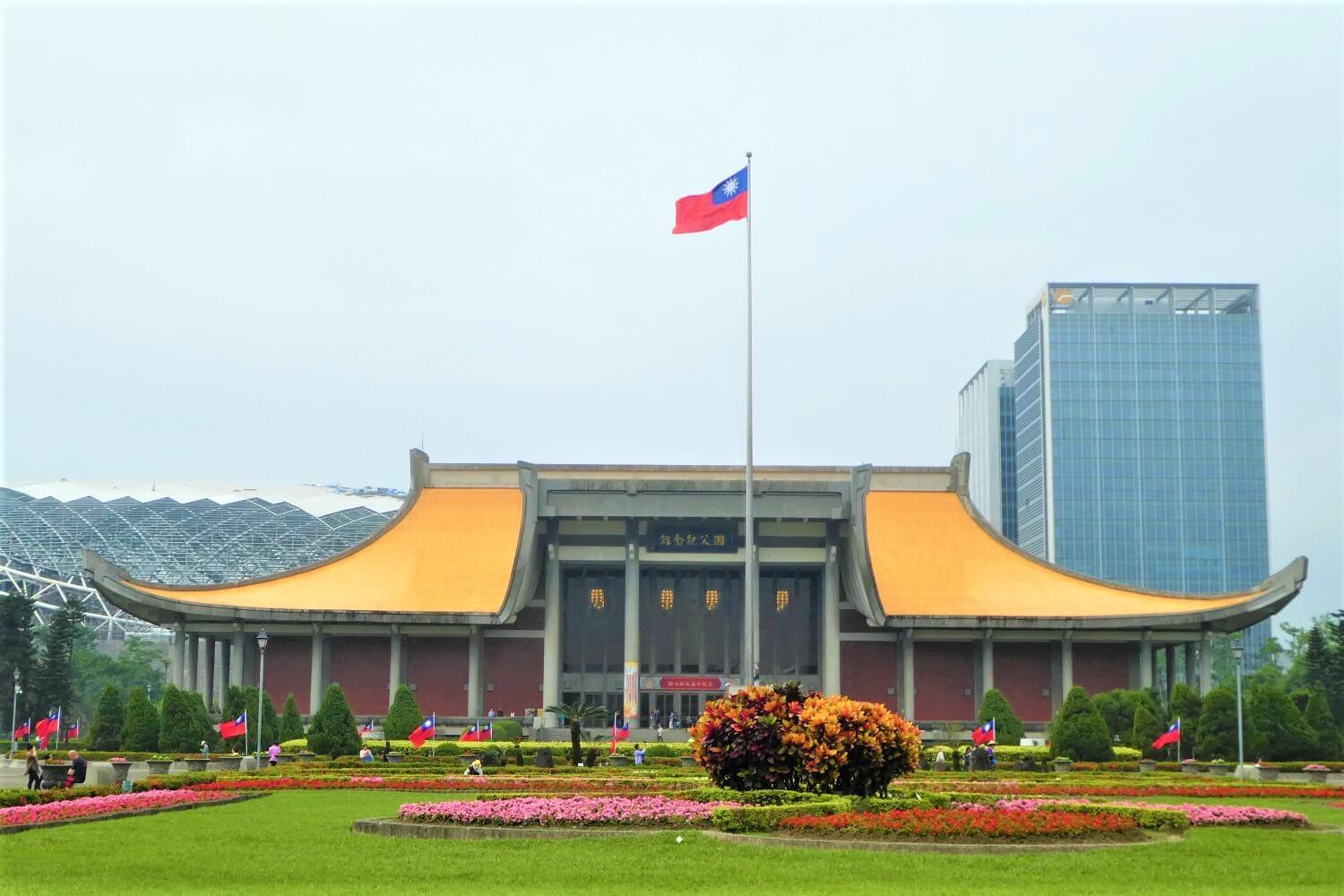
5. Sun Yat-Sen Memorial Hall
This memorial hall is located in Xinyi district Taipei. It is a memorial to Dr. Sun Yat-sen, the national father of the republic of china. It holds the displays of suns life and the revolution he led. It also doubles up as the social, educational and cultural centre for the public. Taiwan’s government began to prepare for the construction of the memorial hall in 1964, and by 1972 the main construction was complete. In the beginning, the memorial hall functioned as a place to show historical relics of suns life but was later opened to exhibitions and performances.
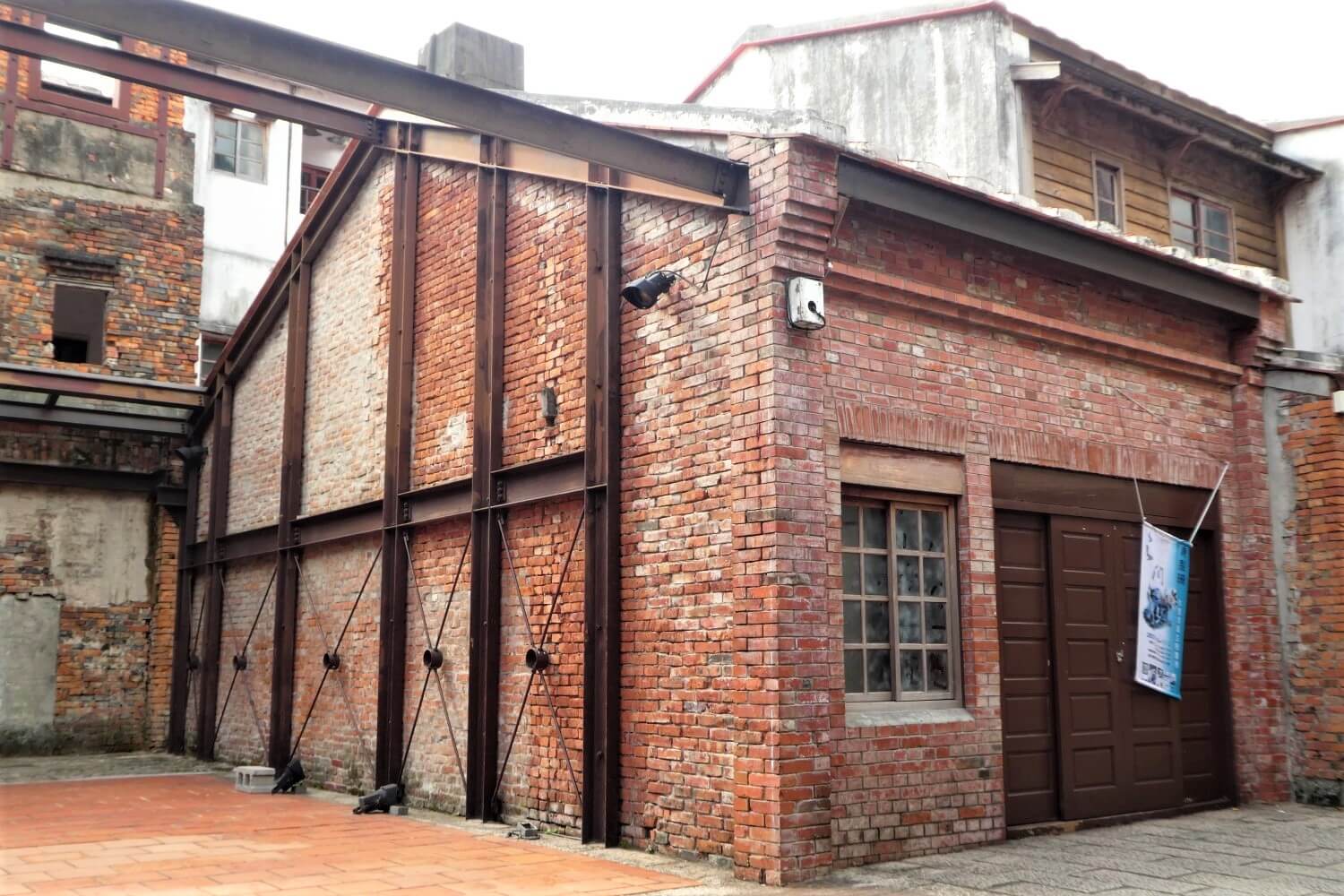
6. Bopiliao Old Street
Bopiliao Old Street is located in mengjia, an iconic place in Taiwanese history. The city government finished the repairing process of biophilia old street and opened it to the public. It bears over a hundred years legacy and became the landmark to education and culture of the city. It also showcases the local and historical culture to the foreigners while the buildings serve as a practical purpose to hold art exhibitions.

7. Martyrs Shrine
The martyr’s shrine is situated in Zhongshan, built on Chingshan Mountain. It inhabits hundreds of spirit tablets of persons who died during wars, expedition, revolution and the first and second Taiwan Strait crises. Its architectural style resembles that of the hall of supreme harmony in Beijing. Major amazement is the changing of honour guard in front of the main gate.

8. Longshan Temple
Longshan Temple is a Chinese folk religious temple located in the wanhua district. It was built in 1738 in honour of Guanyin by the settlers from Fujian. It was a place of worship for these Chinese settlers. As it stands, the temple building has been destroyed severally by fires and earthquake, but the residents rebuild and renovated it. The temple stands as a testament to the resilience, free will and devotion of the local people.

9. 228 Memorial Park
The 228 memorial is a historical site located in the Zhongzheng District. The park contains memorials to victims of the February 28 incident of 1947. It was originally established as a taihoku new park during the Japanese colonial rule period. It was built in a European style urban park in Taiwan in the governor general’s office. The Taipei 228memorial museum and 228 memorial monuments are located here. The park is suitable for a peaceful walk. The park also has a bandshell and conducive exercise areas. In 1935, it was one of the sites used for the Taiwan exposition in commemoration of the first forty years of colonial rule.
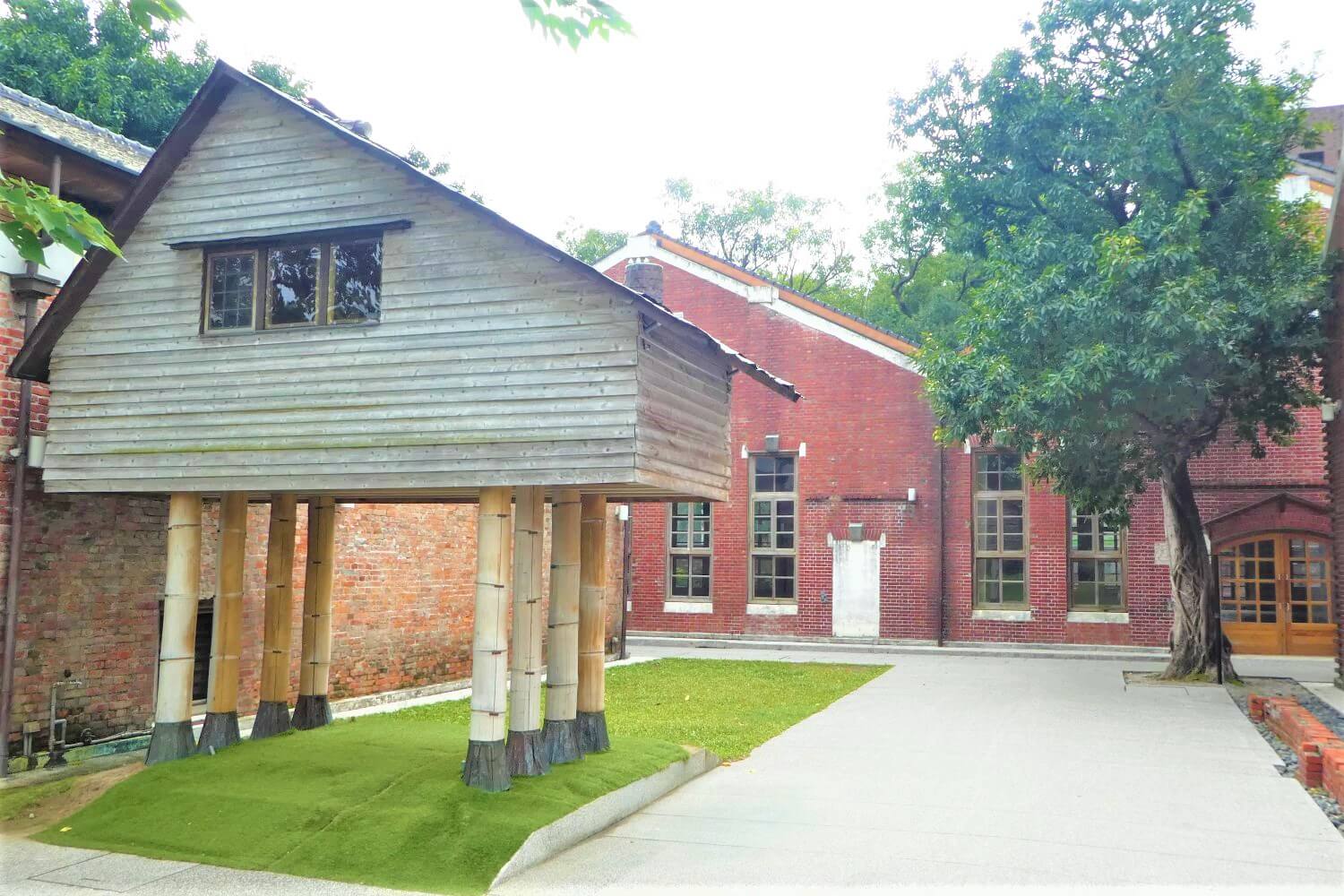
10. Huashan 1914 Creative Park
This creative park opened as a Taihoku winery during Japanese rule in 1916. The park was owned by private individuals, and it manufactured some wines such as sake and ginseng and bred moth orchids. Since wine had become one of the monopoly items, the government bought the winery later renamed to Taiwan governor general’s monopoly bureau, Taihoku wine factory. The Huashan 1914 Creative Park was reconstructed by the council for cultural Affairs. At the end of 2005, it was opened and offered to artists as a place to develop their creations as well as host activities for a non-profitable organization.
Do you have more tips, ideas or remarks about sightseeing in Taipei? Feel free to leave a message below.